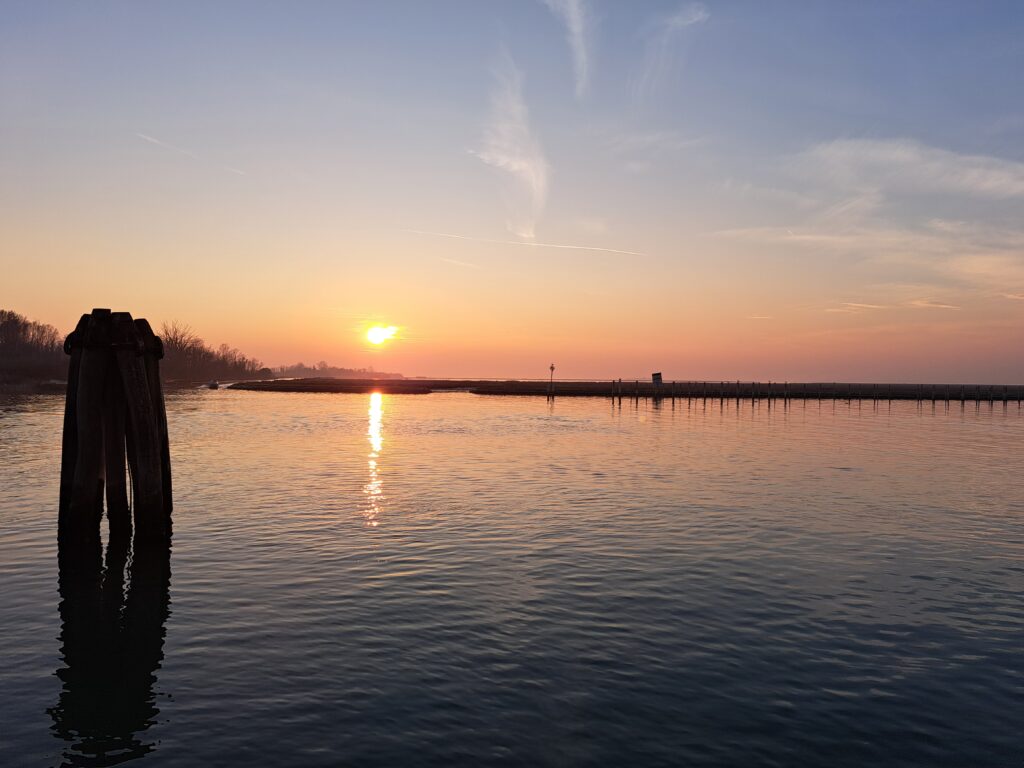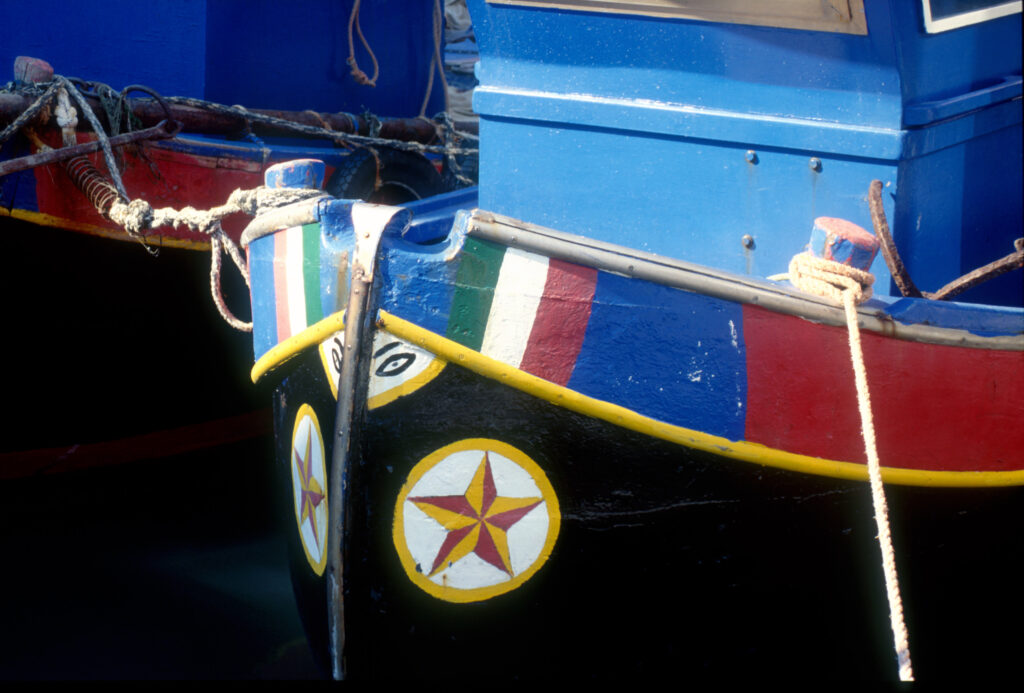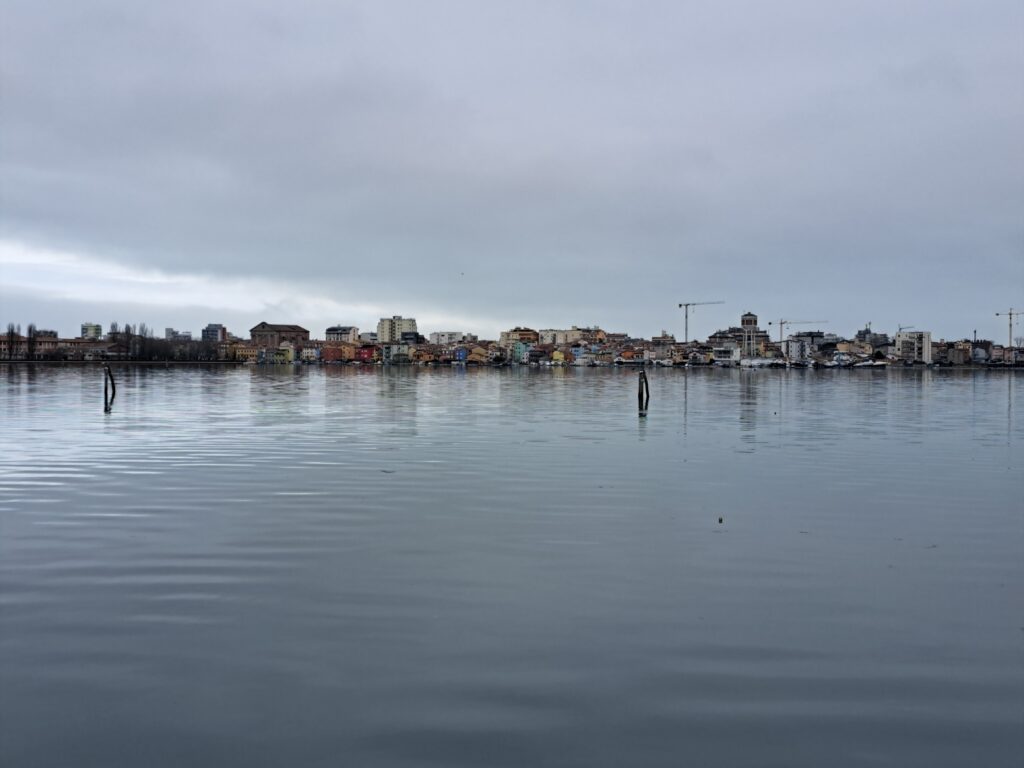The fishery sector has a long tradition in the Northern Adriatic and has great socio-economic importance. At the same time, it has been responsible for intense pressure on natural stocks and habitats, with bottom trawling playing a relevant role in this sense. The use of hydraulic dredges for shellfish collection is also responsible for impacts on benthic habitats. In addition, as in other Italian areas, small-scale fisheries are operated using a great variety of fishing instruments and targeting a wide range of species. These aspects call for an integrated planning of the considered sector towards its sustainable management.

The Role of the Framework Directives
The framework directives – Marine Strategy Framework Directive (MSFD) and Maritime Spatial Planning Directive (MSPD) – contribute to a certain extent to the fisheries’ sector sustainability through specific objectives and measures.
MSFD targets and related measures focused on fisheries concern commercially exploited species, e.g. aimed at (i) reducing the exploitation rate of species exploited by commercial fishing; (ii) reducing the impact of Illegal, Unreported and Unregulated fishing; (iii) increasing regulations (e.g. on recreational fishing and minimum landing size) and sea-floor integrity (e.g. aimed at (i) protecting from physical disturbance at least 10% of the area related to substrates currently exploited by fishing activities that interact with the seabed actively; (ii) ensuring that fishing activities do not take place on biogenic substrates; (ii) ensuring that vessels operating with fishing gear that interacts with the seabed are traceable).
As for MSPD, the Adriatic MS Plan contains objectives and measures specifically focused on fisheries, very much aligned with those of MSFD, e.g. aimed at (i) promoting agreements between small-scale fisheries operators and entities/organisms responsible of protected areas to improve the co-management of MPAs and Natura 2000 sites; (ii) generating positive effects for small-scale fisheries activities in synergy with natural protection objectives (in line with EU Biodiversity Strategy objective of 30% of protection); (iii) activating an integrated evaluation of knowledge on Essential Fish Habitat (EFH) of the main species, in order to identify areas to prioritize for protection through spatial and resources’ management measures (e.g. FRAs).
The Complexity of the Sector’s Multi-Level Governance System
The framework of fisheries sectoral policies is composed of various multi-level governance mechanisms.
At the international level, relevant sources are the GFCM recommendations on the geographical subareas (GSAs) 17 in the Adriatic Sea. These recommendations are particularly relevant for the management of small pelagic fisheries and demersal fishing activities. At the EU level, these are partially integrated into yearly Council Regulations fixing the fishing opportunities for certain fish stocks and groups of fish stocks.
At the national level, the Ministry of Agriculture, Food Sovereignty and Forestry (MASAF) ensures uniformity and implements obligations imposed by EU and international laws. Moreover, Regional administrations are responsible for the adoption of specific plans for the management of fishery activities in internal and transitional waters. Lastly, an important role is played by Consortia of bivalve fishery companies, whose purpose is the management of bivalve mollusc fishing at sea.

Some Examples of Good Practices
The way in which fishery sectoral policies are (indirectly) contributing to biodiversity conservation and consequently to the EGD objectives related to nature protection, consists of limiting fishing activities by temporal, spatial, and technical measures (e.g. through the regulation of type and characteristics of gears; the temporal cessation of the fishing activities; the design of areas with specific fishing restriction (Biological Protection Zones – ZTBs established at the national level or Fisheries Restricted Areas – FRA established under GFCM)), thereby supporting the recovery and protection of fish stocks and benthic habitats.
The Northern Adriatic Fishing District, established in 2010 in the northern Adriatic area, including the marine and coastal areas of the Friuli Venezia Giulia, Veneto, and Emilia-Romagna regions, aims to promote partnership with producers and businesses in the fisheries sector for the joint development of actions outlined in policies and interventions identified and shared between the Ministry and the three regions. It promotes activities and projects for the sustainable management of fishing and aquaculture activities contributing to fostering a continuous dialogue between institutions and operators of the North Adriatic area (i.e. Italy, Slovenia, and Croatia). For instance, the District is responsible for drafting local management plans proposals according to priorities defined by the Regions that are then shared and eventually approved by the central Administration.




